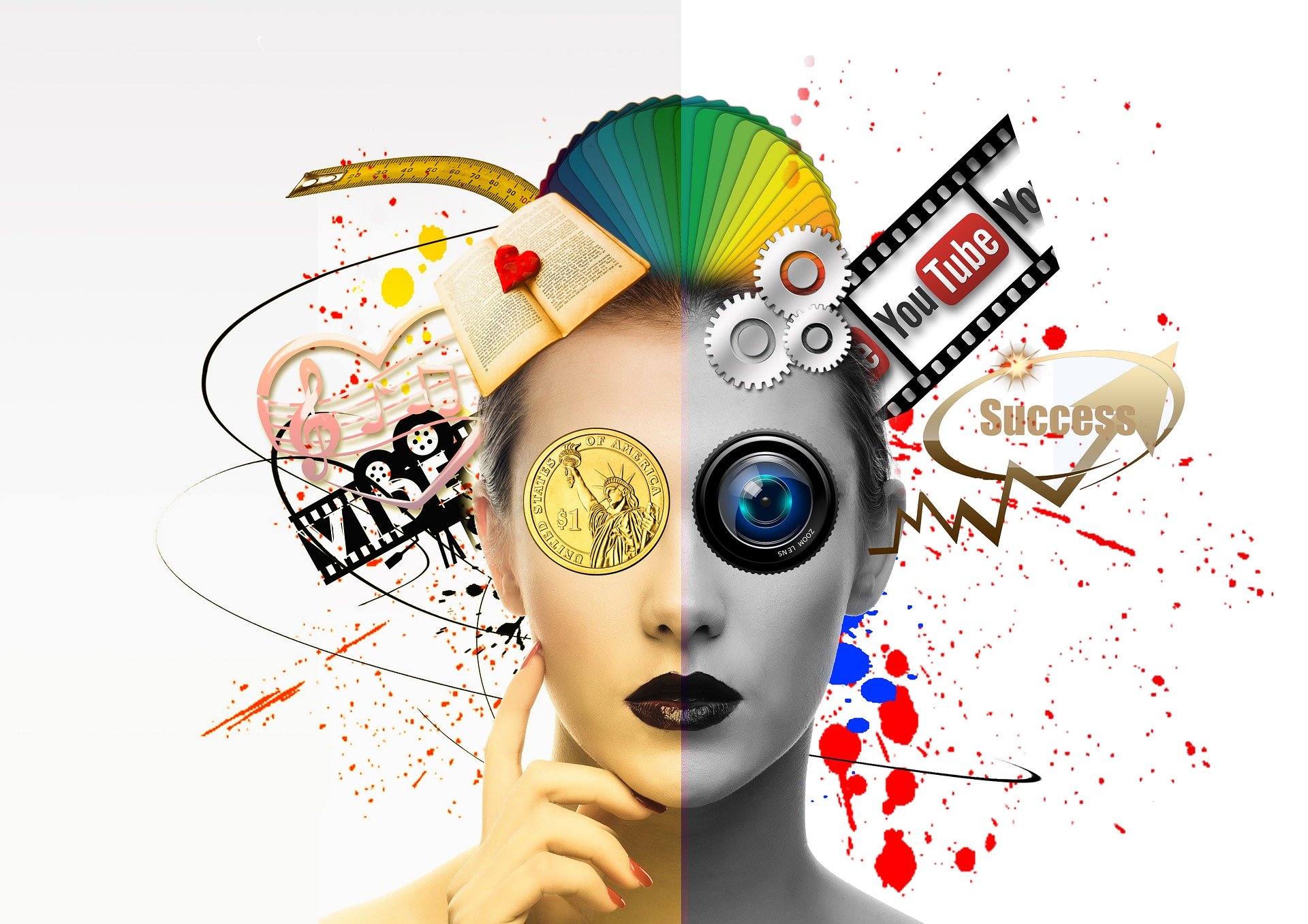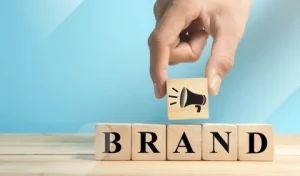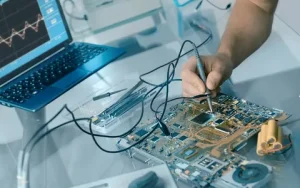
With the increasing pervasiveness of digitization globally, one concept that is now paving its way to the top is ‘Animation.’ You are already familiar with the term, but do you know about the meaning and the significant types of animation? In this article, we will talk about all that you must know about animation in the present-day scenario.
Table of Contents
What is animation?
The animation is a process of developing the illusion of shape and motion by utilizing the rapid display method. The display includes a sequence or array of static images that are similar to each other. Did you know that there is an involvement of animation in several projects, including television commercials, videos, movies, and music?
Amongst all other types of animation, the stop motion method is the most popular. It is also the technique that you see in television projects and other motion pictures. The stop-motion technique works for both two and three-dimensional figures, and therefore the versatility is what makes it more widespread. So, let’s not wait further and start exploring the world of animation through this article.
Most popular types of animation
Now, you will be able to learn about the types of animation that are popular in the modern industry.
Classical or traditional 2-D animation
The main characteristic of conventional animation is that the artists have to make all the sketches manually. For someone passionate about sketching and drawing on paper, such types of animation seems fascinating. In this kind of approach, you must make the sketches to fit the frames exactly, but one at a time.
In the context of 2-D animation, there are several steps involved in the entire process. First, you will have to make the sketches and then feed all of them into plastic cells. The next step requires hand painting that brings out the ideal animal sequence. Now you have to arrange all of the parts on a unique background that is must be colored in advance.
There are several examples of traditional as well as computer animation that will help you understand the difference between both. Examples of conventional types of animation include Snow White and the Seven Dwarfs, Aladdin, Sleeping Beauty, Peter Pan, and more. On the other hand, a few examples of computer animation include Fantasmagorie, Mickey Mouse, Flinstones and Jetsons, and more. The latter case both 2-D as well as 3-D techniques.
2-D digital animation
It is a popular and modern technique of representing pictures utilizing the latest digital technologies. In this, the artist creates and develops images in an entirely double dimensional space. Since digitization is getting involved in such types of animation, there remains no requirement of creating the exact models. So, you only sketch the basic frame, and the digital effects are later additions to bring out the final product.
When you create hundreds of images and try to instill life in them by showing movement is known as 2-D. Applications and tools such as the Adobe Flash are making things a bit more comfortable for artists in this industry. It is because the limitation for using up automatic sketches when you use such applications. As a result, working on the animation process becomes effortless to a certain extent. Also, adding details and variations become more straightforward in this scenario. For example, if you want to make some changes in the frame rate or color, it can be covered instantly.
Types of 3-d animation
If you’re going to move beyond instilling life into sketches, then you need to learn about a few more types of animation. In this case, we will discuss the major types of 3-D animation. Using the 3-D technique, you cannot just show little movements but also bring sketches to complete life. When you give your pictures proper 3-D effects, it seems the viewers are enjoying in a completely different world.
Here, they will get virtual feelings, such as movements, sounds, and moving creatures. For example, you sketch a jungle scene with trees, waterfalls, wild animals, and more. So, when you try to add a 3-D effect to such a picture, the viewers will get a real experience. They will feel that they are walking in the jungle with animals around them. The best part of the story is that several advanced digital devices can make work more accessible now.
Such types of animation, help you to realize where the world is standing in terms of technological evolution and advancement. You already know that 3-D pictures look more real in comparison with the 2-D ones. Now, this is the reason why filmmakers and people from the entertainment industry prefer 3-D more.
Stop-motion animation
When we are discussing types of animation system in computer graphics, mentioning the stop-motion technique is mandatory. Using this technique, an animation artist can put life into anything non-living. For example, will it not be unreal to watch two pencils talking to each other? Well, by now, one thing is already clear that animation enhances your fantasies, so anything is possible.
In this particular technique of animation, you have to arrange the sketches frame-wise. Now, during the post-production work, such static designs will be modified in a way that there will be a visible movement happening. The stop-motion technique of animation is not new in the industry. Instead, it has always been a popular and usual way of doing things right. There is proof of the same from the time when puppets were more popular than television cartoons.
Out of all movies that used this technique in the initial days, Fun in Bakery Shop was the best. It was created back in 1902. Following it came another superhit, which was ‘The Teddy Bears’- the directorial venture of Edwin Porter. However, due to the lack of advanced technology back in those days, work used to be more tedious. For example, the teddy bears were just a minute-long sequence, the work behind which took almost 50 hours to complete.
Mechanical animation
Understanding the technique of mechanical animation is relatively more straightforward than the rest of its counterparts. Well, this technique holds a vital position in creating automatic dummy models, such as robots. Robotics and machine studies, involve havoc cost that goes mostly in the creation process. So, scientists and engineers cannot randomly go ahead and make robots that may not function properly later on.
There goes a lot of research and development work behind the making of big mechanical models. Also, a sound understanding of the probable loopholes is vital too. It is because such knowledge helps engineers to modify their work and leave less room for breakdowns. Now to make everything possible and more comfortable, artists create animated models of robots and other devices.
The artists usually use 3-D techniques to study the models and measurements in depth. Now such models do not involve high costs and can also give engineers the basic layout for their work. Therefore, the study and analyze all the aspects that they need to consider while creating the actual model.
Autonomatronics and audio-animatronics
Have you been to a Disney theme park? If yes, then animatronics will be more relaxed for you to understand. It is because there was a trademark animatronics that was created and developed in the Walt Disney Company. Now, you will find the same ones in all the Disney-themed parks all over the world. For example, Otto is a device or a robot, and it can function like humans in several ways. Otto can sense people in the room, talk to them, and make a guess if they are happy or sad.
Now, the Autonomatronics has a lot of difference when compared to Audio-animatronics. The former is all about using sophisticated and advanced cameras and sensors to make Otto more functional. On the other hand, the latter is nothing but replaying already created programs over and over again. However, in most of the cases, both the technologies work together and are also linked to each other.
Puppetry animation
In puppetry animation, artists work with reel life puppets instead of any kind of virtual objects. Have you ever tried watching old animated films? If yes, then if you think of the 1908 movie named ‘The Humpty Dumpty Circus’, you will know what puppet animation is. Albert Smith and J. Stuart Blackton were the creators of the video. They also received extreme appreciation for the fantastic work. It was also the first movie in which the stop-motion technique was perfectly blended with puppetry animation to bring out such impressive cinematography.
In present times, you will find the use of puppetry animation in the making of children’s films and cartoons. Another original example of utilizing puppetry animation to create fantastic cinema is ‘King Kong’, 1933. Later in 1993, puppetry animation was used in full swing to create the movie named ‘The Nightmare Before Christmas’.
It was a horror musical fantasy that also used the stop-motion technique of animation. The director Henry Selick received immense applause for his modern idea and creative thinking. The film used about 230 puppets and more than 400 different faces to portray several expressions.
Claymation or clay-animation
If you think playing with clay destresses your mind, then Claymation is one of the ideal soft-motion technique for you. In this method, the artist makes several clay models according to a particular story that he wants to tell. You can use two different types of clay- the water-based and oil-based. You can use the clay to cover twisted wireframes as well. The wire structures that you use during Claymation are known as armatures.
After this, the artist arranges the clay characters according to the flow of the story. Later, in most of the cases, a few techniques of digitization are used to portray small movements and variations. All of this together creates a sequence that can further be enhanced to make it a part of a motion film.
Zoetrope animation
The Zoetrope animation is one of the oldest techniques of the same that was developed by William George Horner. You will be amazed to know that some kind of animation was even used during the early part of the 19th century too. For example, the creation and discovery of the Zoetrope animation technique happened in 1834. To carry out a Zoetrope technique, artists used to sketch out pictures on small, circular drums or similar objects. Now, the objectives were to be twisted in a circular motion to obtain a visual illusion.
The fantastic part of the entire story is that even more than a hundred years back, there were people who could imagine complex concepts such as visual illusions. The modern-day usage of the Zoetrope animation technique proves that old is gold in every way. Do you use GIFs while messaging friends on WhatsApp and Facebook? Well, the creation of these GIFs follows the same technique as that of visual illusion using drums in the olden days.
Drawn-on-film animation
There were several examples of drawn-on-film animations from the early 20th century. However, most of the records of the initial works are lost now. The technique of drawn-on-film animation involves scratching, scribbling, and etching on already prepared films. As a result, the animation experts can utilize light effects present in a dark room and the concept of reflection.
The drawn-on-film technique is also one of the oldest and cheapest in the animation industry.
In this case, you just have to scribble and sketch whatever you want in a film. Therefore, when you play the reel in a dark room, the effects of the sketches will become more visible. It is now hardly used in the present-day business with the reducing popularity of reels in picture-making. With the evolution of digitization technology, motion pictures utilize other forms of storage instead of films and reels.
Final thoughts
The above-mentioned is the list of the top 10 types of animation that you must know to understand the concept. After going through all of them, you will get an idea about how animation works. You will also understand about the evolution of the industry.
Writing allows me to pour my heart out in words. So, that's what I've been doing for the past 6 years. I strive to bring in a change in the world by taking tiny steps of curating the right message that needs to be conveyed.
RELATED ARTICLES
Latest Articles
 How to Price Promotions without Devaluin…In MarketingJuly 14, 2025Promotions have become an essential tool for driving […]
How to Price Promotions without Devaluin…In MarketingJuly 14, 2025Promotions have become an essential tool for driving […] Revolutionizing Everyday Life: How Smart…In TechnologyJuly 14, 2025In today’s fast-paced digital world, staying informed […]
Revolutionizing Everyday Life: How Smart…In TechnologyJuly 14, 2025In today’s fast-paced digital world, staying informed […] embedded system company, embedded system…In TechnologyJuly 14, 2025Cloud-Connected Embedded Services: Enabling Seamless […]
embedded system company, embedded system…In TechnologyJuly 14, 2025Cloud-Connected Embedded Services: Enabling Seamless […] Discover the Best DMC in Mallorca for Un…In TravelJuly 12, 2025Mallorca, one of Spain’s most iconic islands, is more […]
Discover the Best DMC in Mallorca for Un…In TravelJuly 12, 2025Mallorca, one of Spain’s most iconic islands, is more […] Malia Manocherian: The Face of Purposefu…In BiographyJuly 11, 2025The name Malia Manocherian has steadily made its way […]
Malia Manocherian: The Face of Purposefu…In BiographyJuly 11, 2025The name Malia Manocherian has steadily made its way […] Jelly Roll Pre Show Ritual: More Than Ju…In GeneralJuly 10, 2025Before the crowd screams and the lights go up, there’s […]
Jelly Roll Pre Show Ritual: More Than Ju…In GeneralJuly 10, 2025Before the crowd screams and the lights go up, there’s […] Driving Lessons”: Mandhir Singh Todd exp…In TipsJuly 9, 2025Visual artist Mandhir Singh Todd, also known by his […]
Driving Lessons”: Mandhir Singh Todd exp…In TipsJuly 9, 2025Visual artist Mandhir Singh Todd, also known by his […] Clio Manage Login: Access Options, Fixes…In TechnologyJuly 9, 2025Managing a legal practice involves much more than […]
Clio Manage Login: Access Options, Fixes…In TechnologyJuly 9, 2025Managing a legal practice involves much more than […]
stopie.com is a participant in the Amazon Services LLC Associates Program, an affiliate advertising program designed to provide a means for sites to earn advertising fees by advertising and linking to Amazon.com.
Clicking on an Amazon link from stopie.com does not increase the cost of any item you purchase.
We will only ever link to Amazon products that we think our visitors may be interested in and appreciate learning more about.



